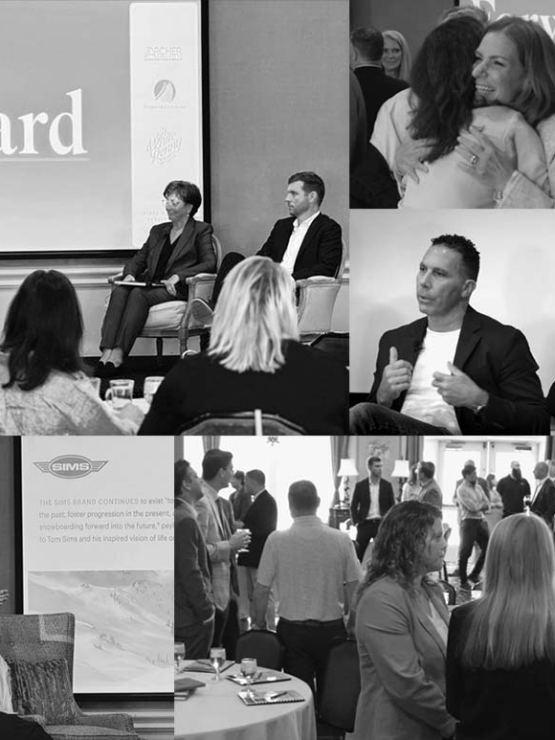[I was listening to an interview with Seth Meyers the other day, and he was describing his philosophy on delivering ‘fake news.’ He essentially compared the structure of the jokes to the structure of a newspaper – you lead with the big stories (oftentimes political ones), which gains trust, and then you can move into a bunch of jokes about cats. It was a well-crafted little sound bite (one he’s probably recited hundreds of times), but it was new to me, and I think it did a nice job of explaining a little bit about the approach of that type of comedy show.
As I was listening to the interview, I was thinking about how every one of our clients has these same examples: small sound bites that help people better understand one facet of their business. But here’s the thing, they’re oftentimes not as neatly packaged-up as they need to be – or could be. That’s where we come in. Think of us as your version of Seth Meyers’s writers room. In any early-stage meeting that we have with a client, core themes emerge. While some of these things are the language and foundation for your ‘elevator speech,’ others are simply secondary themes that can be incredibly helpful in quickly giving someone a small window into your business. They aren’t necessarily meant to describe what you do but focus more on how you do it. Those little anecdotes are business gold, and more often than not they get taken for granted because they’re so common in the eyes of the business owner.
So, here’s the task. Come-up with one insight into your business that 1) you take for granted, but 2) most people might not know (akin to Seth Meyers’s joke structure analogy).
Here’s one of ours:
Every company has a brand gap – the space between what you know to be true about your brand and what your audience perceives to be true about your brand. Knowing that a gap exists is what lets you begin to close it.
Put together enough of those small sound bites, and you’re well on your way to having an outline for your company’s messaging.




